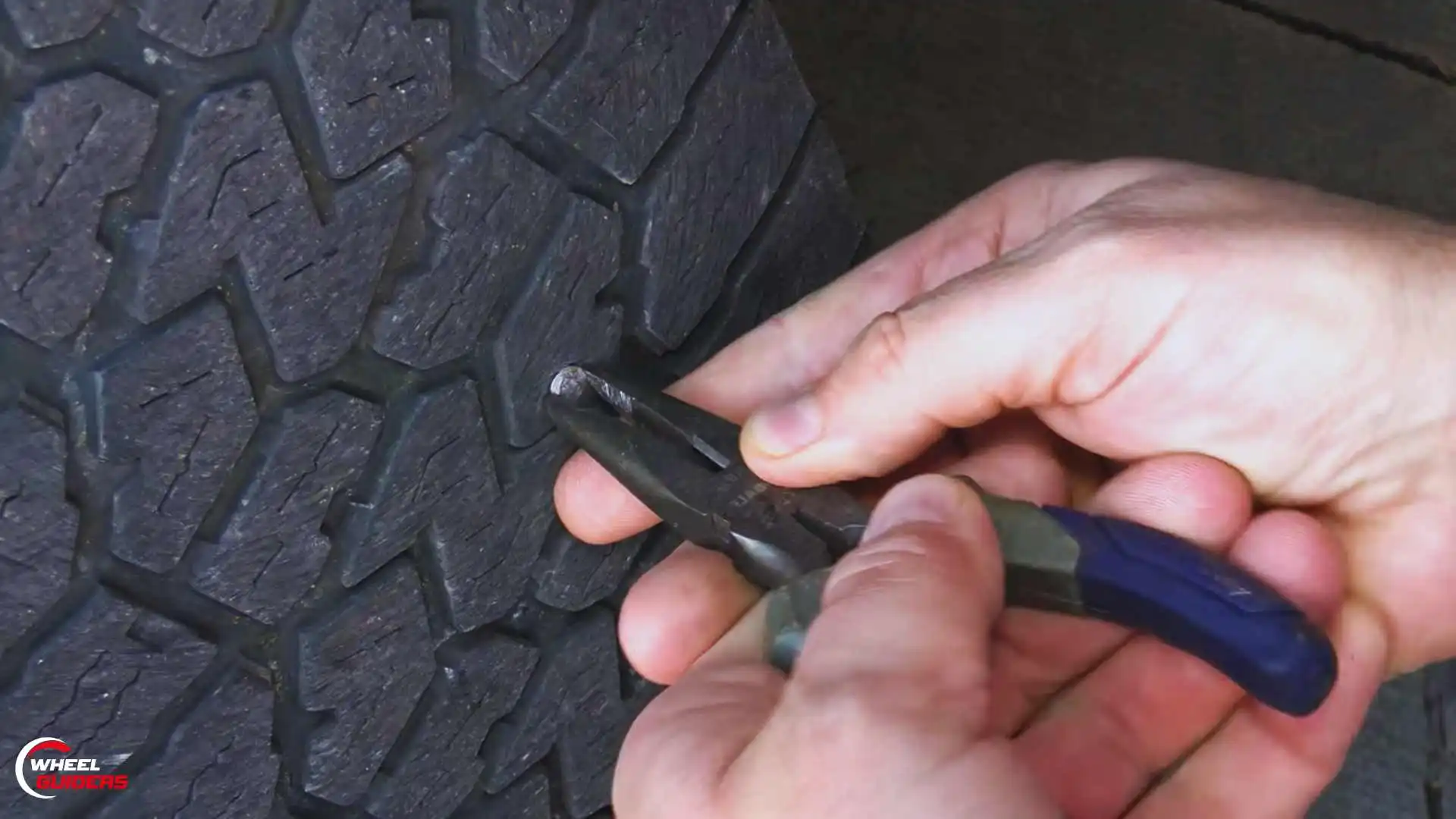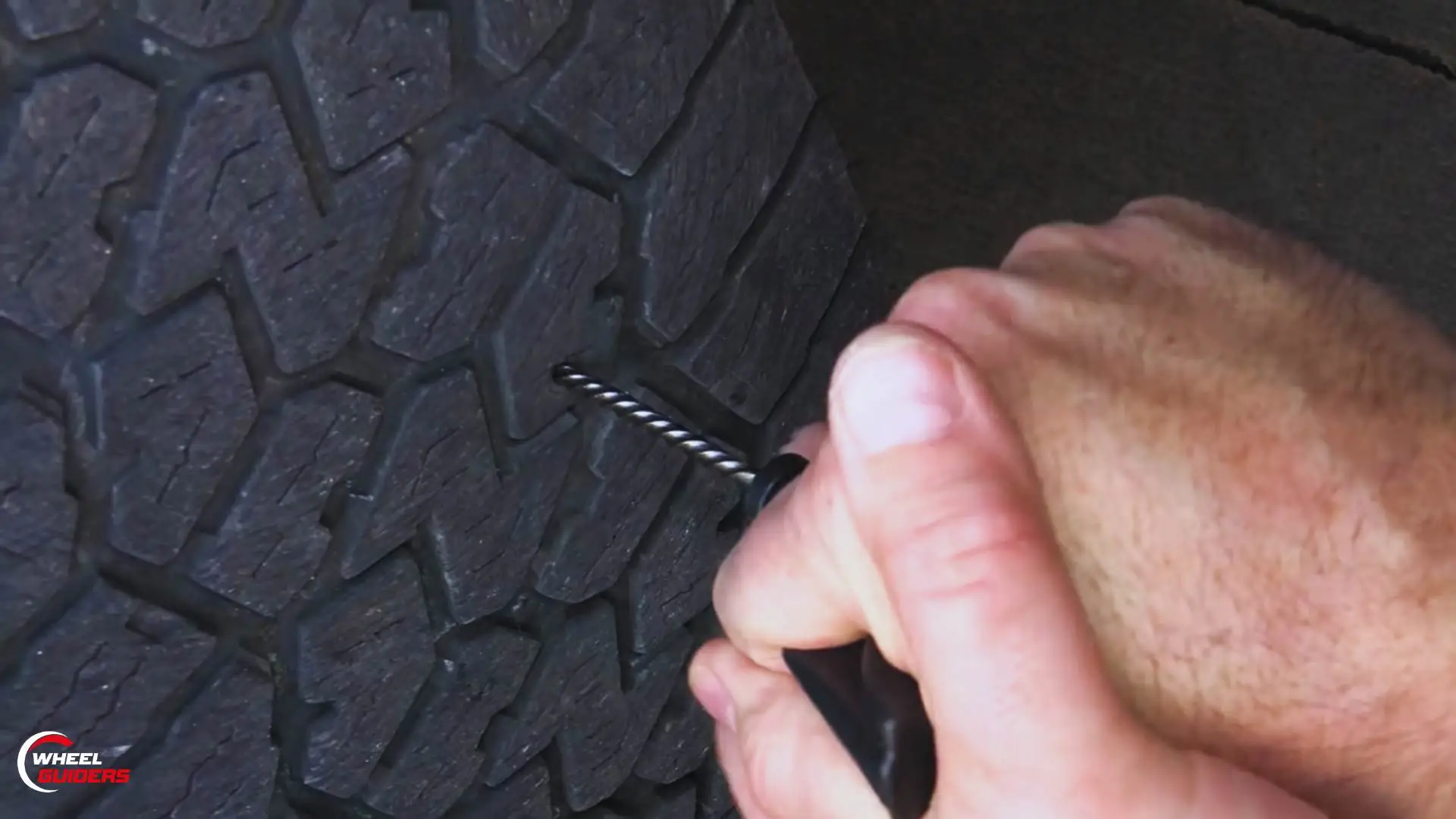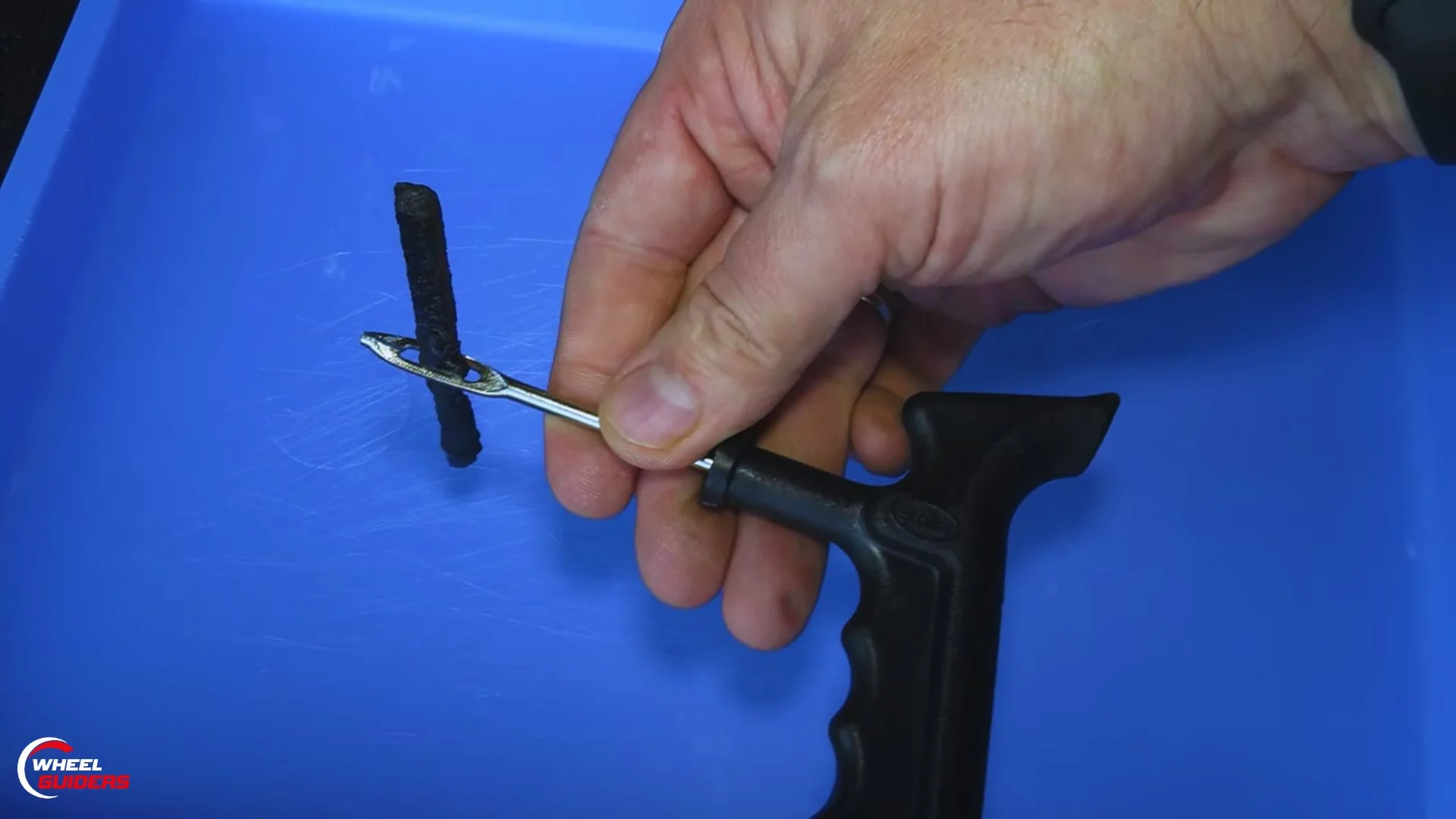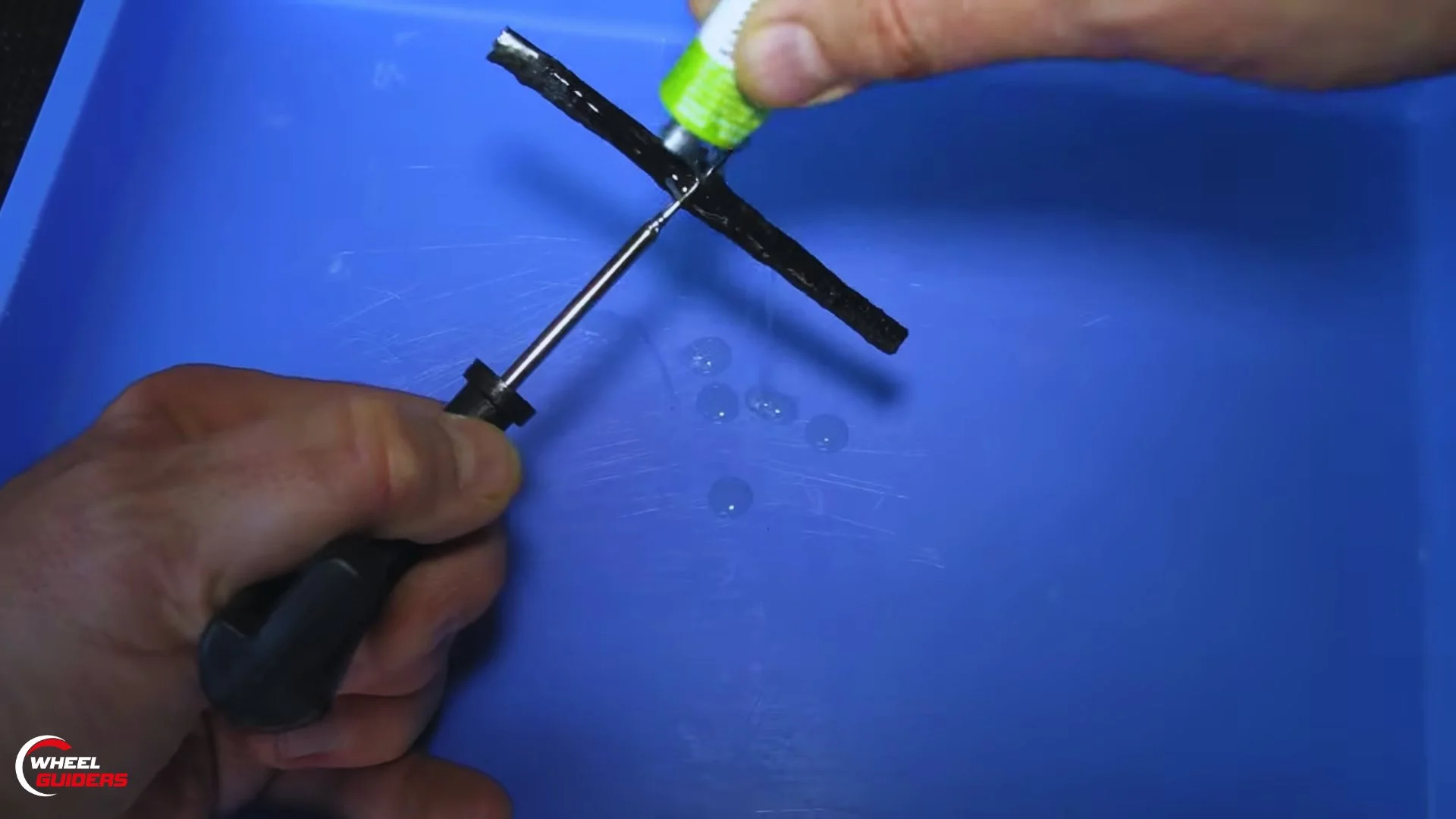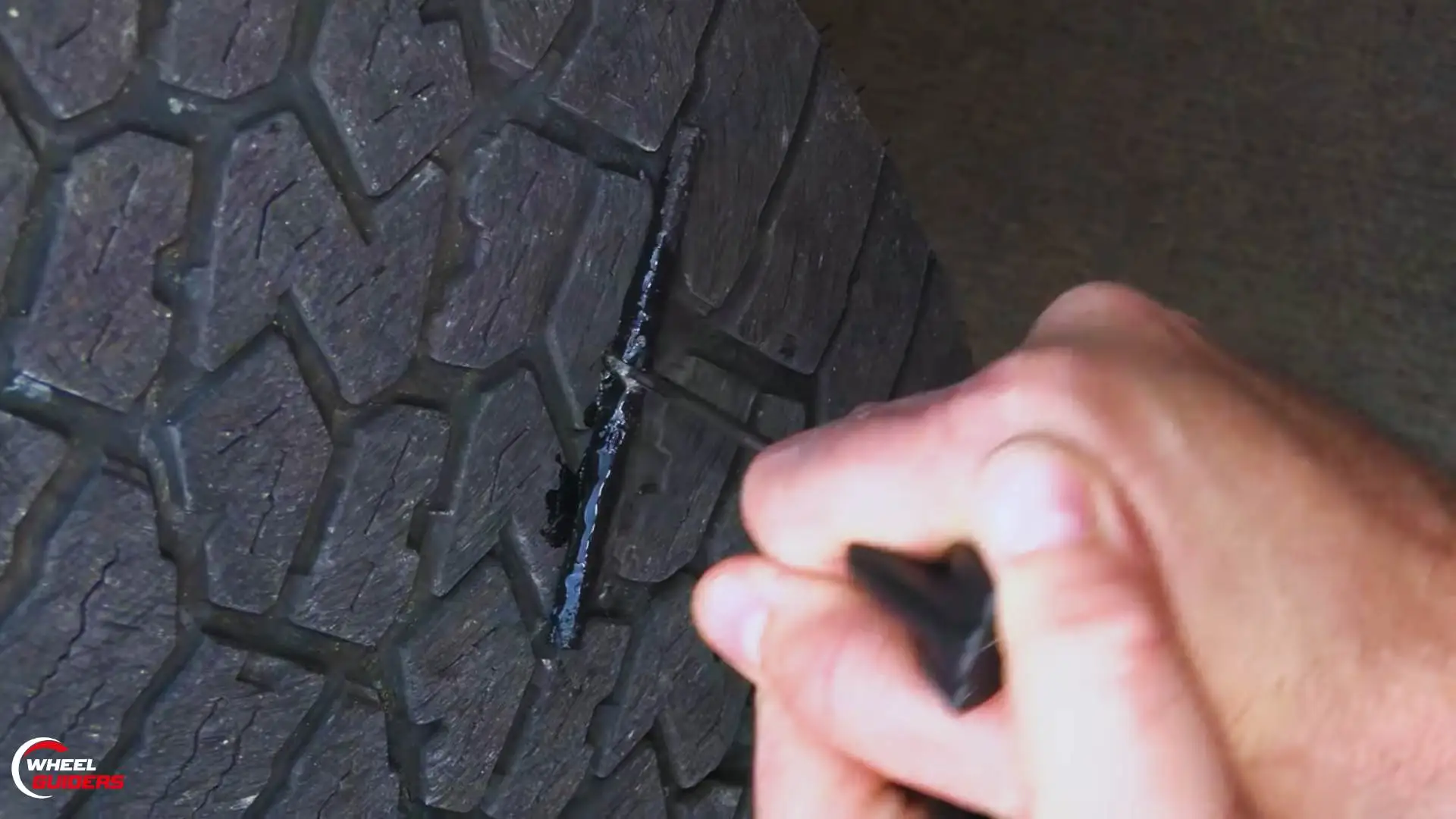How Long Does A Tire Plug Last? Is Plugging Tire Safe?
Modern vehicles are built tough for rough roads and long journeys, but tire lifespan is a challenge. Tires have a limited life and can develop leaks anywhere over time.
How long does a tire plug last? The durability of a tire plug varies based on factors like the size and placement of the plug within the tire. With proper installation, a tire plug can typically last between 7 to 10 years or upto 25000 miles.
This post will make you self-sufficient to fix your puncture anytime and anywhere without having to rely on anyone else. I will help and guide you with all the aspects of the tire plug, from how to fix it to its maintenance. Let’s read together.
What Is A Tire Plug?
A tire plug is a tiny, rubbery object that fits inside the tire and seals the tire’s hole to stop air leakage. A tire plug successfully and quickly patches a punctured tire. An air leak from a punctured tire could make the tire gradually deflate. This may be annoying and dangerous if the tire is on a moving vehicle.
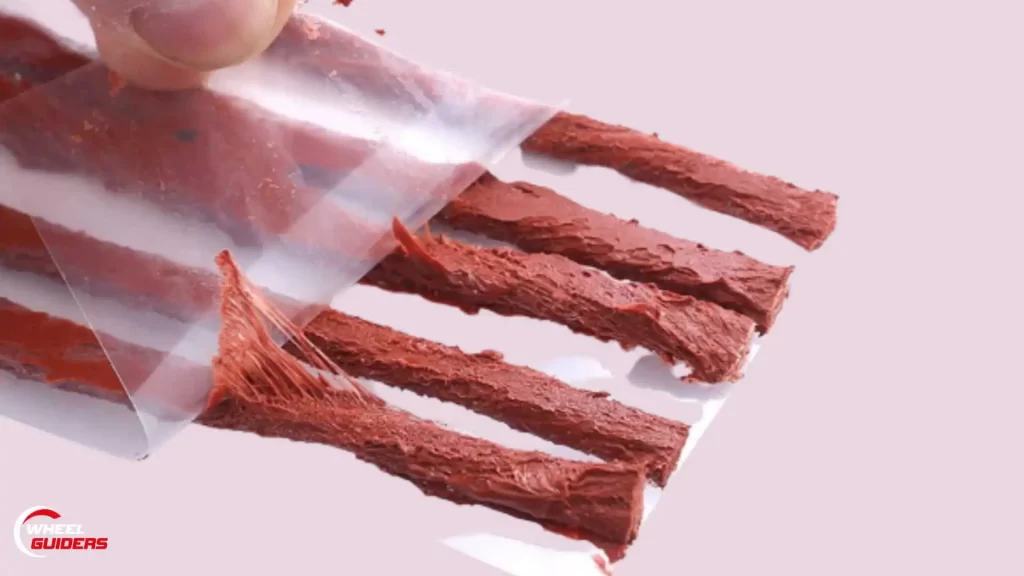
How Long Does A Tire Plug Last?
A tire plug provides a reliable repair that can last up to 25,000 miles or a few years, but its longevity can vary depending on factors such as the size and location of the puncture, as well as the type of tire plug used.
For small punctures located in the tread area, a tire plug can offer a durable and long-lasting solution. However, it may not be suitable for larger punctures, those situated on the sidewall or near the tire’s shoulder.
In such cases, using a tire plug could lead to significant damage or even tire rupture, making alternative repair options more appropriate.
Is a patch or plug better for a tire?
A patch or a plug are the two primary methods of patching a punctured tire. Knowing which is better for your situation is essential because both approaches have their pros and cons.
Repairing a punctured tire can be approached through either plugging or patching methods. Plugging involves inserting a plug directly into the puncture from the outside, making it a convenient and fast process that can be performed anywhere.
On the other hand, patching requires removing the tire from the rim and applying a rubber patch on the inside, providing a more durable repair solution. While patches are durable, plugging offers a quicker and more accessible fix for minor punctures.
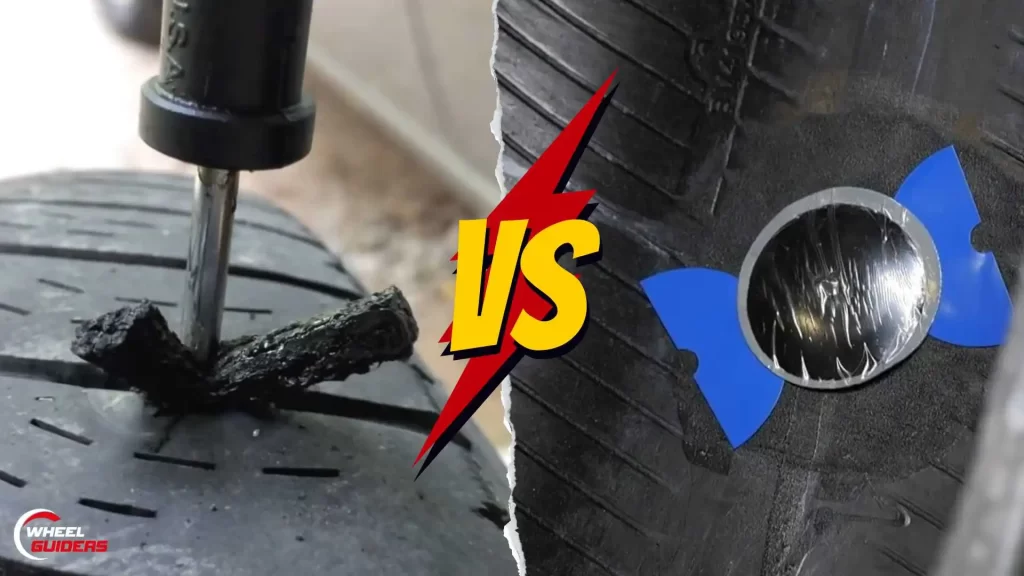
The best option depends on the extent and location of the puncture, as well as your personal preferences and financial constraints. Speaking with a qualified mechanic or tire expert about the best course of action for your particular circumstance.
How does a tire plug work?
Tire repair uses two kinds of plugs. Mushroom plug and String plug. Rubber plugs, known as tire mushroom plugs, are placed inside a tire hole from the outside. The plug is called a “mushroom plug” because it has a stem.
It uses the screw mechanism tool to force the mushroom portion of the plug through the hole and inside the tire. When this tool is tightened, it secures itself in a place like a rivet. The stem then inserts itself into the wound.
These plugs still need to be reamed to ensure the hole is circular and no thicker than 6 mm.
Rope or string plug
Like mushroom plugs, string plugs also stop air from escaping through a hole in the tire. The effectiveness of a string plug depends on how firmly the string is forced through the hole as the tire is inflated. This is an alternative to riveting or sealing the tire’s inner liner.
It creates a seal between the plug and the tire’s inner lining. No air escapes from the tire when it is inflated. It first lubricates the string plug, allowing it to slide into the hole, then bonds it to the tire’s rubber. These kits are less expensive than mushroom plug kits because they do not require a screw device but a needle tool.
The string and mushroom plug seal the tire’s injury site and prevent air escape. Tire makers consider both temporary fixes, but many drivers use them as permanent solutions.
Is plugging a tire safe?
Most experts say that a tire plug is safe when correctly put on a good, undamaged tire. As a result, a tire plug is only one of the excellent options for a tire that has been used extensively or is very worn out because it will only provide a short-term fix.
Only plug an old or worn-out tire if it is necessary to do so. The recommended solution is to replace the tire. Last, you should avoid plugging the tire if the damage is on the sidewall or shoulder. The ideal course of action when plugging your tires is to have a professional do it for you. However, there are methods for plugging a tire without a plug kit.
Can I drive long distances with a plugged tire?
It is a tricky and straightforward question; however, it depends on your tire situation; How long can you drive with a plugged tire?

Driving long distances with a plugged tire is possible, but it depends on the specific condition of your tire. The longevity of a properly installed tire plug can range from seven to ten years or approximately 25,000 miles, as stated by reputable companies.
However, it is important to make sure that the rubber plug is correctly inserted to prevent any air leakage. Fortunately, you can easily install a tire plug yourself, and there is a straightforward method to verify if the plug is holding the air securely.
A properly installed tire plug should provide long-lasting performance as long as there is no air leakage from the area surrounding the plug. Unlike spare tires that are limited to low speeds and short-term use, plugs are designed for permanent usage. With a securely plugged tire, you can confidently drive for many years without compromising safety.
How to plug a tire
First and foremost have your tire plug kit in hand, then follow these steps to plug your tire accurately –
Time needed: 15 minutes
- Locate the Puncture And Remove The Puncture Causing Object
Use pliers or a screwdriver to remove the object causing the puncture. If there is more than one puncture, it is better to inflate the tire and check for bubbles by either washing it with soapy water or submerging it in a water basin.
- Clean the Punctured Hole
After identifying the punctured area and removing the source of the puncture, use a reamer tool to clean the hole left by the puncture. This process will make the proper required size and prepare the area for easier insertion of the rubber plug string.
- Prepare the Rubber Plug String Insertion Tool
Use the rubber plug string insertion tool and fill its hole with the rubber plug string. Only insert the rubber plug string halfway into the tool.
- Apply Rubber Cement
Apply rubber cement to the rubber plug string that has been inserted halfway into the rubber string insertion tool. Allow the rubber cement to cure for approximately three minutes to enhance its adhesive strength.
- Insert the Rubber Plug String Insertion Tool
Carefully insert the rubber plug string insertion tool, along with the rubber plug string, into the previously prepared hole using the reamer. Make sure that the rubber plug string is not fully inserted and that the tire’s depth is around 3/4 inch.
How long does it take to plug a tire?
The size and location of the hole, the equipment available, and the repairman’s skills may affect how long it takes. Generally speaking, plugging a tire takes 15 to 30 minutes.
Identifying the puncture’s size and location is the first step in tire plugging. The tire must be changed if the hole is too deep or in a dangerous spot to be fixed with a plug.
Is It Ok To Operate On A Plugged Tire?
It is safe to drive with a plugged tire if the plug has been installed correctly and the tire has not suffered severe damage. A plugged tire should, nevertheless, be frequently checked and maintained in order to keep the tire safe and steady. An adequately installed plug in a punctured tire makes driving predictable and safe.
Where can I get my tire plugged in?
If you know me, I would recommend you to plug your tires yourself as it will build the confidence in you and help you tackle upcoming challenges with ease.
Getting a flat tire fixed as soon as possible is important to prevent further harm to your tires and to avoid possibly hazardous driving conditions. There are numerous tire workshops where you can get your tires plugged. Here are the most common one’s
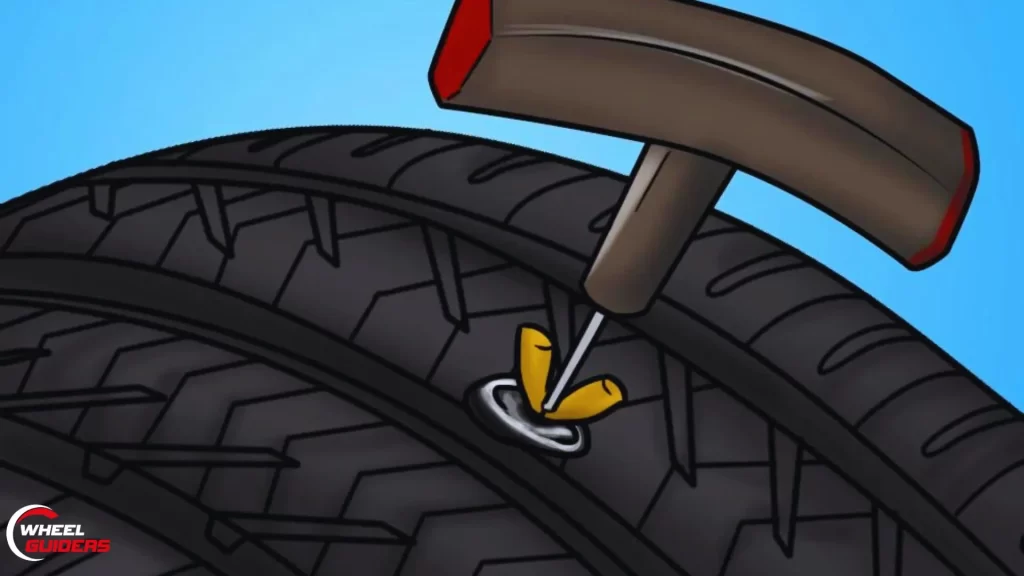
What is a tire plug kit used for?
A tire plug kit is a toolset that every vehicle owner should have for those unexpected punctures. With a reliable kit in your vehicle, you can quickly and effortlessly repair your tires with peace of mind. You can also drive confidently in rural and deserted areas without worrying.
Imagine the convenience of being able to handle tire emergencies on your own without the need for professional assistance or being stranded on the side of the road. These are the helpful tools that are commonly found in a tool kit
Conclusion
If you are still in doubt on how long does a tire plug last or you installed a plug in your tire and you are not sure if its going to last long enough then its best to get your tires inspected by a tire expert to have a peaceful and worry-less drive.

